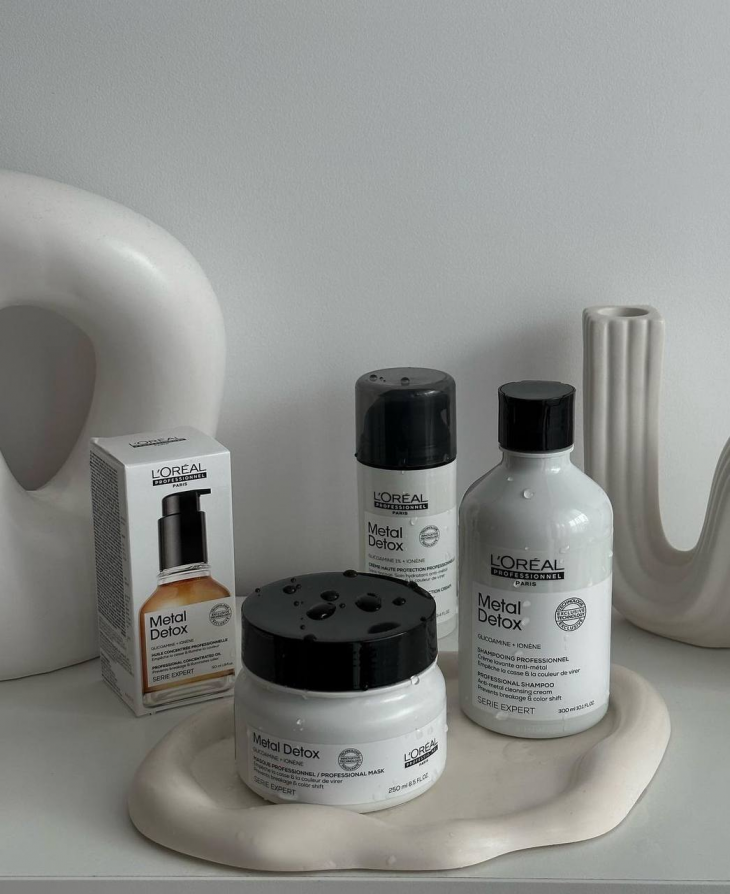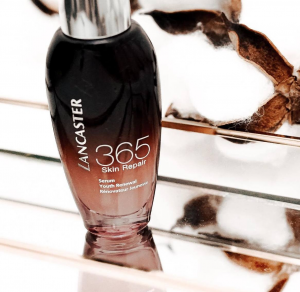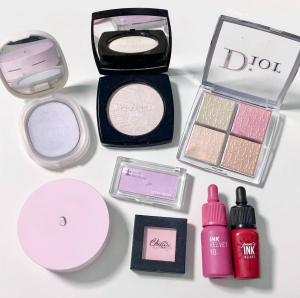
The history of cosmetics
Vol. 26, Issue 12, 12 January 2024
The history of cosmetology dates to ancient times. Primitive people already tried to keep their bodies clean, to embellish their appearance. This is evidenced by the finds of archaeologists who explored the settlements of the ancients, and the works of ethnographers who studied the life of tribes that have survived to our time. Body coloring, tattoos, and all kinds of balms were used in everyday life, and for various rituals and religious ceremonies.

It is considered that the birthplace of modern cosmetics is the Ancient East. Cosmetics were already widely used in ancient Egypt. The art of making cosmetics was mainly owned by the priests. Wealthy people used expensive methods to improve their appearance (both women and men wore makeup), using special substances for this, and the less wealthy used simple “folk” remedies. Taking care of appearance was a matter of paramount importance for Egyptian women. In addition to the eyebrow pencil, they were aware of lipstick, nail polish, hair dye, scented water and other attributes of the arsenal of a modern woman. The caustic juice of some types of iris was used as blush (skin irritation with this juice caused redness, which persisted for a long time). In some cases, cosmetics had a preventive value. For example, eyeliner not only by women, but also by men prevented inflammation of the eyelids from the blinding sun and dry wind. The ideal of female beauty in ancient Egypt is considered to be the famous Nefertiti, the wife of Pharaoh Akhenaten. Cosmetics still helped the natural beauty of a perfect face: skin care, makeup, jewelry are obvious. The mouth, eyebrows, and eyes were highlighted with makeup, and the cheeks were also tinted. It is believed that she mastered the art of makeup perfectly. To blacken the eyes and eyebrows of Greek women, soot was used, adding the juice of astringent herbs, or soot, and it was fixed with a mixture of egg white with light resin. Lips and cheeks were reddened with the help of a meerkat, or finely ground powders and formulations that cause a rush of blood to the cheeks.

In Ancient Russia, women wore makeup with might and main. So much so that they just seemed to be painted with a brush. For cosmetic purposes, as in all other countries, mainly herbal remedies were used, the properties of which the pagans knew perfectly. For example, raspberry and cherry juice were used for blush and lipstick, and beetroot was rubbed on the cheeks. Wheat flour or chalk were used to whiten the skin. Plants were also used for hair coloring, for example, onion skins dyed hair brown, saffron and chamomile – white and yellow. Scarlet paint was obtained from barberry, crimson – from young apple leaves, green – from onion feathers, nettle leaves, yellow – from saffron leaves, sorrel and alder bark, etc.
The first “Encyclopedia of Beauty” was published in Paris in 1806, it contained tips on how to make your skin more beautiful. The late 19th and early 20th centuries are characterized by the intensive development of cosmetic production. A special feature of this period is the cult of natural materials and at the same time the use of substances obtained by chemical means. In addition, the requirements for cosmetics have changed, and its range has expanded.
- New Year’s mood - 22nd November 2024
- Minimalism is a way of life. Where to begin? - 15th November 2024
- Why do you need an air humidifier? - 8th November 2024
